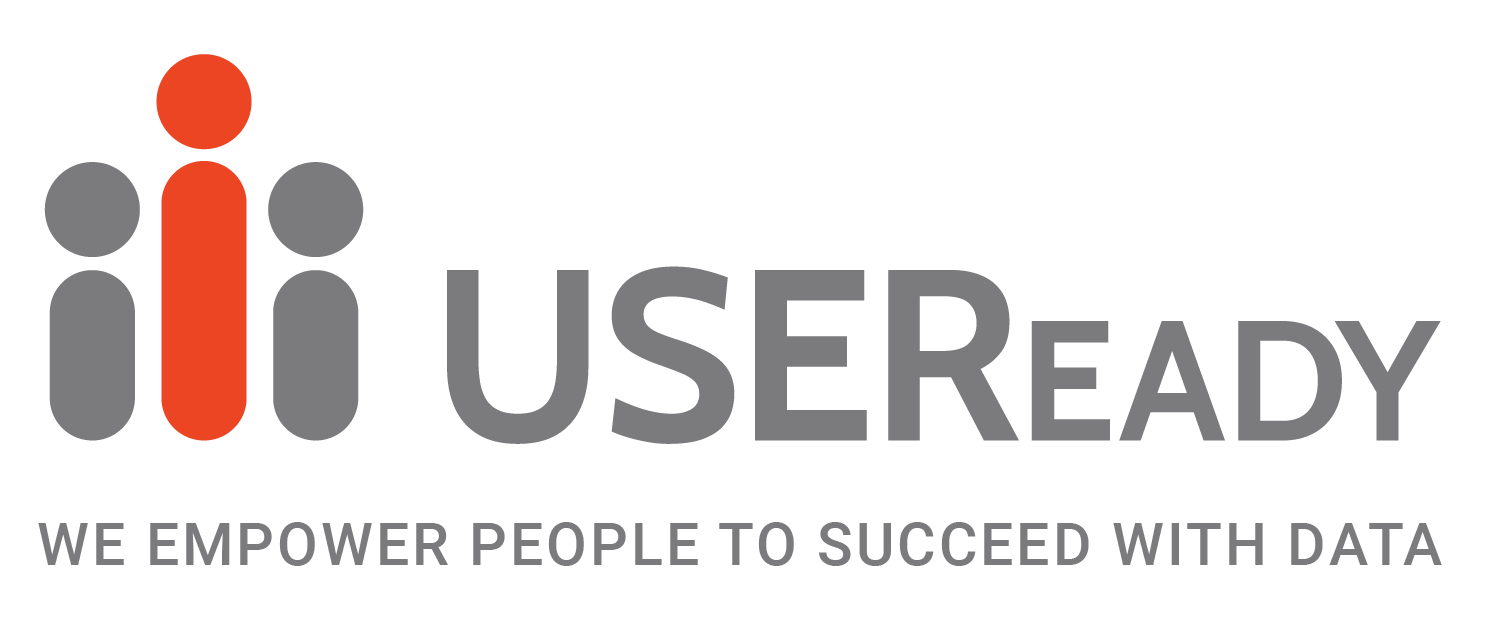As organizations increasingly recognize the strategic advantages of cloud-based analytics, Tableau Server to Tableau Cloud migration has become a critical initiative for enterprises seeking to reduce infrastructure costs, improve scalability, and enhance collaboration capabilities. However, the complexity of enterprise Tableau environments demands careful planning and specialized expertise to ensure successful outcomes.
Understanding the Migration Landscape
Why Organizations Migrate to Tableau Cloud
The drivers behind Tableau Cloud adoption extend beyond simple cost considerations. Organizations report improved system reliability, enhanced security features, and reduced IT maintenance overhead as primary benefits. Additionally, Tableau Cloud’s native integration with modern data platforms and AI-powered analytics capabilities positions organizations for future innovation.
Common Migration Challenges
Enterprise migrations typically involve thousands of workbooks, complex permission structures, and mission-critical dashboards that cannot tolerate extended downtime. Traditional migration approaches often underestimate the complexity of data source dependencies, custom configurations, and user access patterns that have evolved over years of Tableau Server usage.
Pre-Migration Assessment: Foundation for Success
Environment Inventory and Analysis
Successful migrations begin with comprehensive environment assessment. This includes cataloging all workbooks, data sources, users, and permissions while identifying dependencies and potential compatibility issues. Organizations frequently discover unused content, outdated data connections, and permission inconsistencies during this phase.
Performance and Optimization Opportunities
The migration process presents an ideal opportunity to optimize dashboard performance and clean up accumulated technical debt. Many organizations use this transition to implement data governance best practices and streamline their analytics portfolio.
Migration Methodology and Automation
The Case for Automation
Manual migration approaches, while seemingly cost-effective, often result in extended timelines, increased error rates, and substantial resource consumption. Modern migration accelerators can automate 60-80% of migration tasks, including content transfer, permission mapping, and post-migration validation.
Phased Migration Strategies
Enterprise migrations typically follow phased approaches that prioritize business-critical content while minimizing operational disruption. This strategy allows organizations to validate migration processes, address issues incrementally, and maintain business continuity throughout the transition.
Zero Downtime Migration Techniques
Advanced migration methodologies enable organizations to maintain dashboard availability during the transition process. This approach is particularly crucial for organizations operating across multiple time zones or those with 24/7 operational requirements.
Data Source Migration and Connectivity
Handling Complex Data Architectures
Enterprise Tableau environments often include diverse data sources, custom connectors, and embedded credentials that require careful handling during migration. Organizations must plan for data source reconfiguration, connection testing, and performance validation post-migration.
Security and Compliance Considerations
Migrating to Tableau Cloud requires careful attention to data security, particularly for organizations in regulated industries. This includes evaluating data residency requirements, implementing appropriate access controls, and ensuring compliance with industry-specific regulations.
User Experience and Change Management
Minimizing User Disruption
Successful migrations prioritize user experience by maintaining familiar workflows, preserving bookmarks and subscriptions, and providing clear communication throughout the transition process. Organizations that invest in comprehensive change management typically see higher user adoption rates post-migration.
Training and Support Strategies
While Tableau Cloud maintains interface consistency with Tableau Server, organizations often use the migration as an opportunity to introduce new features and best practices. Structured training programs help users maximize the benefits of cloud-based analytics capabilities.
Post-Migration Optimization and Governance
Performance Monitoring and Tuning
Migration completion marks the beginning of optimization activities. Organizations should implement monitoring procedures to track dashboard performance, user adoption, and system utilization to ensure optimal cloud resource usage.
Governance Framework Implementation
Tableau Cloud’s enhanced governance capabilities enable organizations to implement more sophisticated content management, user provisioning, and security policies. Establishing these frameworks early in the migration process helps prevent future governance challenges.
Measuring Migration Success
Key Performance Indicators
Successful migrations are measured not just by technical completion but by business outcomes. Organizations should track metrics including user adoption rates, dashboard performance improvements, IT resource savings, and time-to-insight for new analytics initiatives.
Long-term Value Realization
The true value of Tableau Cloud migration extends beyond immediate cost savings to include improved agility, enhanced collaboration capabilities, and positioning for advanced analytics initiatives including AI-powered insights and automated data preparation.
Conclusion
Organizations evaluating migration strategies should consider their specific requirements around timeline, complexity, risk tolerance, and internal resource availability. While some migrations can be handled with internal resources and basic tools, enterprise environments often benefit from specialized migration accelerators that combine proven methodologies with automation capabilities.
The investment in purpose-built migration solutions typically delivers significant returns through reduced timeline risks, minimized operational disruption, and the ability to redirect IT resources toward strategic initiatives rather than manual migration tasks.
Planning your Tableau Cloud migration? Check out STORM, USEReady’s award-winning migration accelerator service to explore how it employs automation and proven methodologies to accelerate your transition while minimizing risk and operational impact.










 Media Coverage
Media Coverage Press Release
Press Release